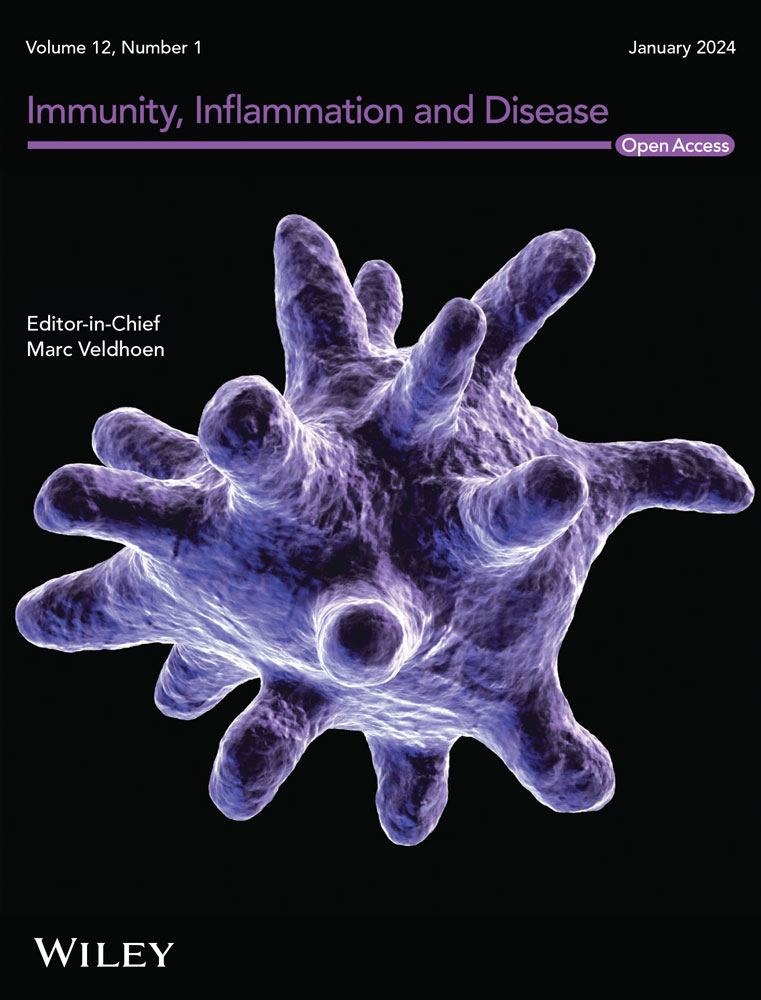Chronic wounds are a severe complication of diabetes. Dysregulated inflammatory signalling is thought to underly the poor healing outcomes. Yet, there is little information available on the acute response following injury and its impact on healing.
Using a murine full thickness excisional wound model, the current study therefore assessed the expression of pro-inflammatory and pro-resolving lipid mediators during the early stages post injury in acute and diabetic wounds and compared the timeframe for transitioning through the phases of healing. Tissue eicosanoid (LTB4, PGE2, TxA2, MaR1, RvE1, RvD1, PD) and MMP-9 levels were assessed at 6 h post wounding using ELISAs. Wound closure, healing dynamics (histology), cellular infiltration and MPO, TNF-α expression (IHC) were assessed at 6 h, day2, day7 post wounding.
Eicosanoid expression did not differ between groups (LTB4 24–125 pg/mL, PGE2 63–177 pg/mL, TxA2 529–1184 pg/mL, MaR1 365–2052 pg/mL, RvE1 43–1157 pg/mL, RvD1 1.5–69 pg/mL, PD1 11.5–4.9 ng/mL). An inverse relationship (p < 0.05) between MMP-9 and eicosanoids were however only evident in acute and not in diabetic wounds. Diminished cellular infiltration (x5 fold) (p < 0.05) in diabetic wounds coincided with a significant delay in the expression of TNF-α (pro-inflammatory cytokine) and MPO (neutrophil marker). A significant difference in the expression of TNF-α (C 1.8 ± 0.6; DM 0.7 ± 0.1 MFI) and MPO (C 4.9 ± 1.9; DM 0.9 ± 0.4 MFI) (p < 0.05) was observed as early as 6 h post wounding, with histology parameters supporting the notion that the onset of the acute inflammatory response is delayed in diabetic wounds.
These observations imply that the immune cells are unresponsive to the initial eicosanoid expression in the diabetic wound tissue.



